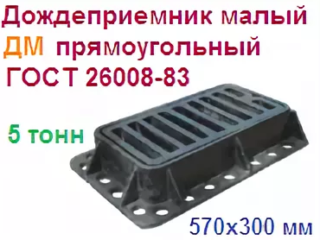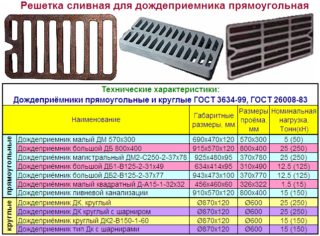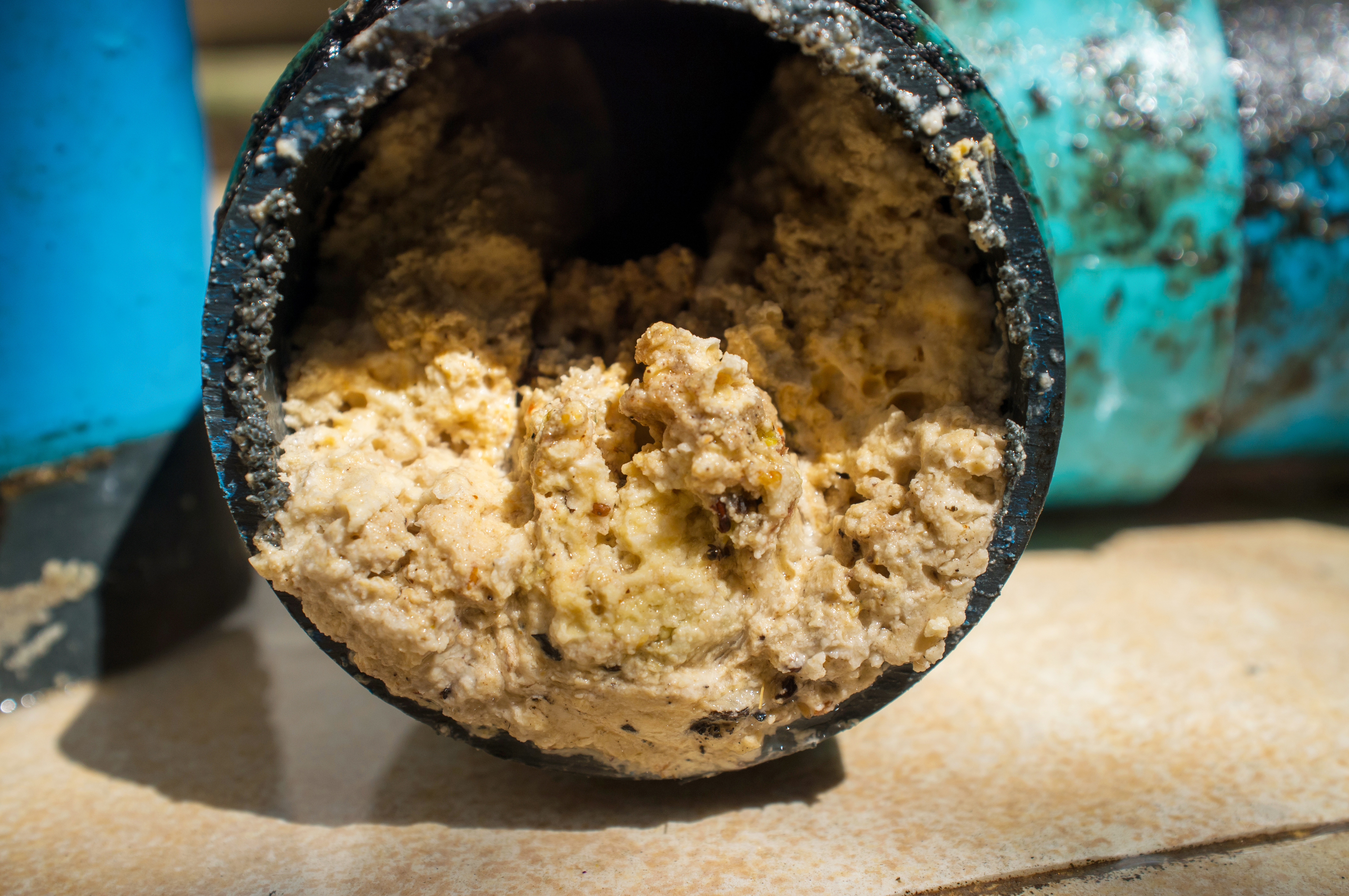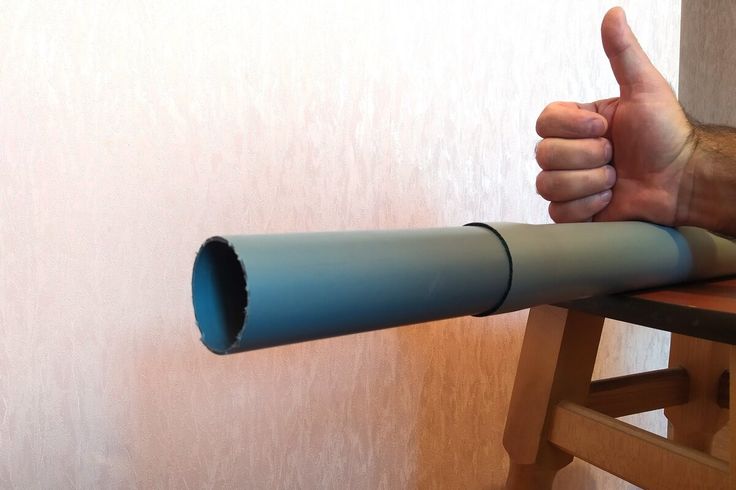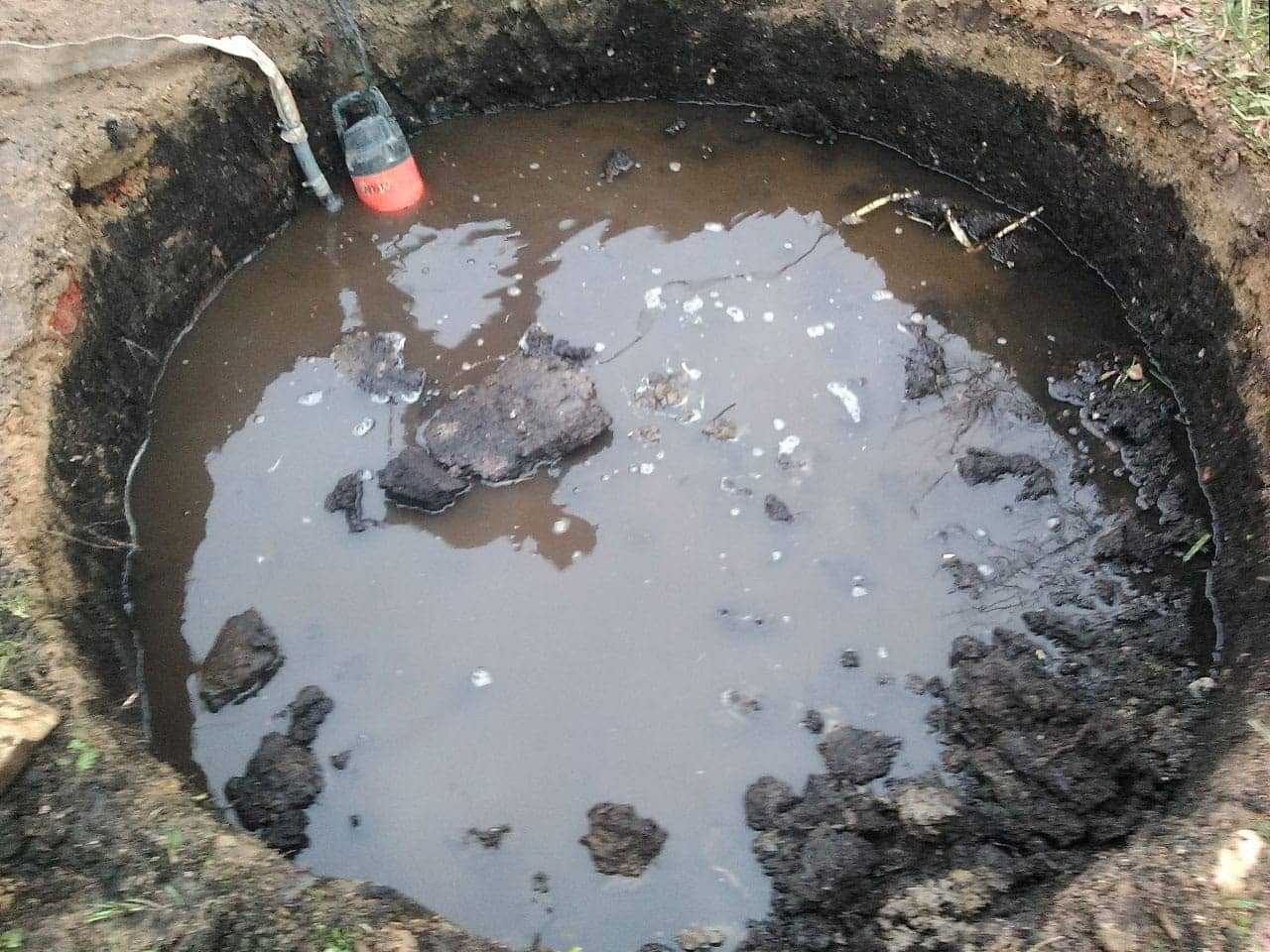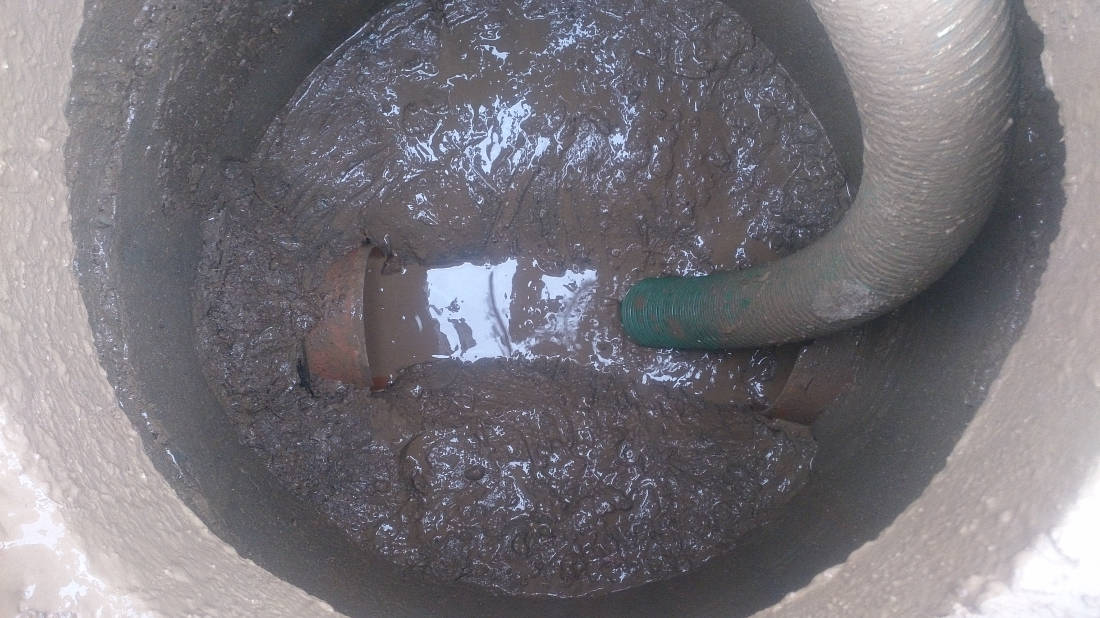Storm water inlets DM (C250) are installed on highways with heavy traffic. These grids with a base are made of high quality gray cast iron. They are strong, durable and not afraid of heavy loads. At the same time, despite the good throughput, they are small in size and relatively light in weight, which facilitates their installation.
Storm inlet device DM
The rainwater receiver looks aesthetically pleasing and complements the urban landscape.
A storm sewer well is a mine where water from the surface collects. Its upper part is covered with a grate installed on the base - a cast-iron body. The gully consists of these two parts. For strength, the product is equipped with eight or more stiffeners.
DM rainwater receivers are made of SCH20 cast iron. This grade of metal makes it possible to operate devices in frosty and hot climates under heavy load. The material can withstand significant temperature changes and is not afraid of chemically aggressive substances. In addition, a special anti-corrosion coating is applied over the metal.
Specifications
The DM storm inlet belongs to the mainline. The product can be either square or rectangular. In terms of size, they are of two types:
Product type | DM1 | DM2 | ||
| Rectangular | Square | Rectangular | Square | |
| Weight, kg) | 60 | 60 | 89 | 80 |
| Dimensions (mm) | 634x414x95 | 870x870x128 | 924x480x95 | 875x875x120 |
Additional technological characteristics of DM type showerheads:
- rated load - 250 kN;
- the consumption of concrete solution during the installation of one device - 0.032;
- cover insertion depth - 35 mm;
- the width of the lattice grooves is 42 mm.
A two in the marking indicates that the product is made with the smallest longitudinal width of the supporting part of the frame adjacent to the curb. Unit - the device has a minimum width along the contour.
On products made of cast iron, the edges are marked on the side. There they cast the word "Rain inlet" and prescribe the type, trademark and date of manufacture.
Installation of rain-receiving devices
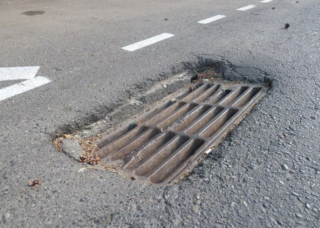
The place for the drain is chosen so that the water from the pipe is directed directly to the center. If it is impossible to locate the drain at the lowest point of the site, special depressions are drawn to it, along which water will rush into the receiver.
During installation, the fixtures ensure reliable fixation of the product body on the slab with the help of concrete. The body itself is installed over the well drain hole and is also fixed with concrete mortar.
In places where the roadway has a strong slope, at least two rainwater collectors are installed.
Rectangular models are mounted with the flange side of the case to the curb perpendicular to the street axis.
The rain grating should be flush with the track bed so that the product does not create obstacles to vehicles or pedestrians. During installation, check that it has a gap between the body of no more than 3 mm.
If the grating is unsuccessful, some of the drains will flow past the storm inlets and collect in puddles that interfere with vehicles and pedestrians. Therefore, the installation of the product must be approached extremely responsibly.
Care for storm water inlets
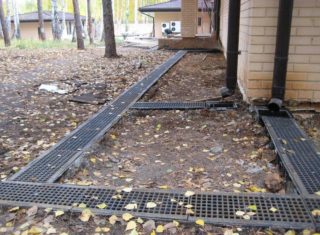
The rainwater receiver is one of the most sensitive units of the storm sewer system in terms of leaving. This is due to the fact that water flows into it directly from the surface, and all debris, leaves and dirt settle on the grate.
To prevent the device from clogging up less often, it is better to install products with small mesh cells. They will hold back large and small debris, but water drops beat stronger against such a structure. Their splashes gradually spoil the concrete joints, which destroys the joint between the structure and the well drain.
The device should be cleaned at least once every 3 months. Otherwise, there is a risk of clogging and the appearance of an unpleasant odor.
The average cost of storm inlet structures of the DM type is 5700–6000 rubles. Plastic products are ten times cheaper, but cast iron structures last much longer, withstand maximum stress and are not afraid of direct impacts.

